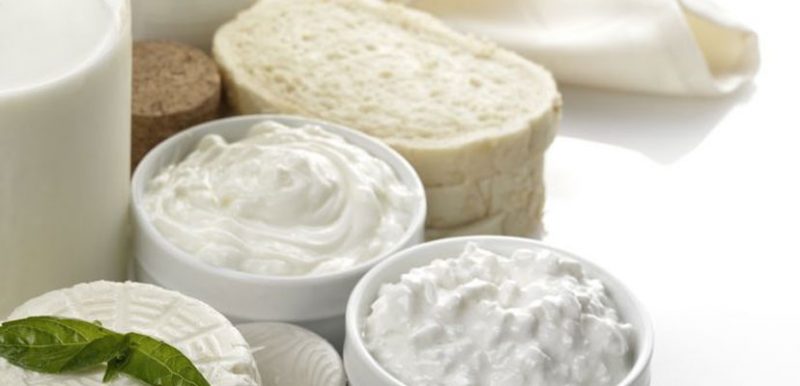Approximately four percent of infants in North America are allergic to milk. Fortunately for many of these infants the allergy will disappear within three years. A severe milk allergy can be a lifelong condition.
Anyone with a milk allergy must stay away from all dairy products, including butter, cheese, yogurt and ice cream. Cow’s milk proteins are very similar to those found in milk from goats, sheep, deer and buffalo. It is highly likely that people who are allergic to cow’s milk will experience reactions to the milk of other animals.
ALSO KNOWN AS:
- Casein, rennet casein, hydrolyzed casein
- Caseinate (ammonium caseinate, calcium caseinate, magnesium caseinate, potassium caseinate, and sodium caseinate)
- Whey, whey protein concentrate, delactosed or demineralized whey
- Lactalbumin and lactalbumin phosphate
- Beta-lactoglobulin, lactoferrin, lactoglobulin
- Butter, Buttermilk, cream, sour cream
- Cheese, curds, Ghee and butter fat
- Kefir (milk drink)
- Kumiss (fermented milk drink)
COMMON FOOD SOURCES OF MILK:
- Baked goods, pastries and desserts (cakes, cookies, bread, tarts, pie crust, custards, puddings)
- Yogourt
- Margarine, Artificial butter, butter flavour or butter oil
- Protein powder, protein shakes
- Chocolate bars (including dark chocolate)
- Some hot dogs, deli and processed meats
- Seasoned chips and snacks, for example, sour cream and onion
- Battered and fried foods
- Gravies, sauces, seasonings, soups and soup mixes, cream soups, broth and bouillons
- Caramel colouring or flavouring
- Casseroles, frozen prepared foods
- Dips and salad dressings
- Egg and fat substitutes
- Potatoes (instant, mashed and scalloped potatoes)
- Canned tuna, for example, seasoned or mixed with other ingredients for flavour
- Flavoured coffee, coffee whitener and non-dairy creamer
NON-FOOD SOURCES OF MILK:
- Waxes on some fruit and vegetables
- Cosmetics
- Medications
- Pet Food

